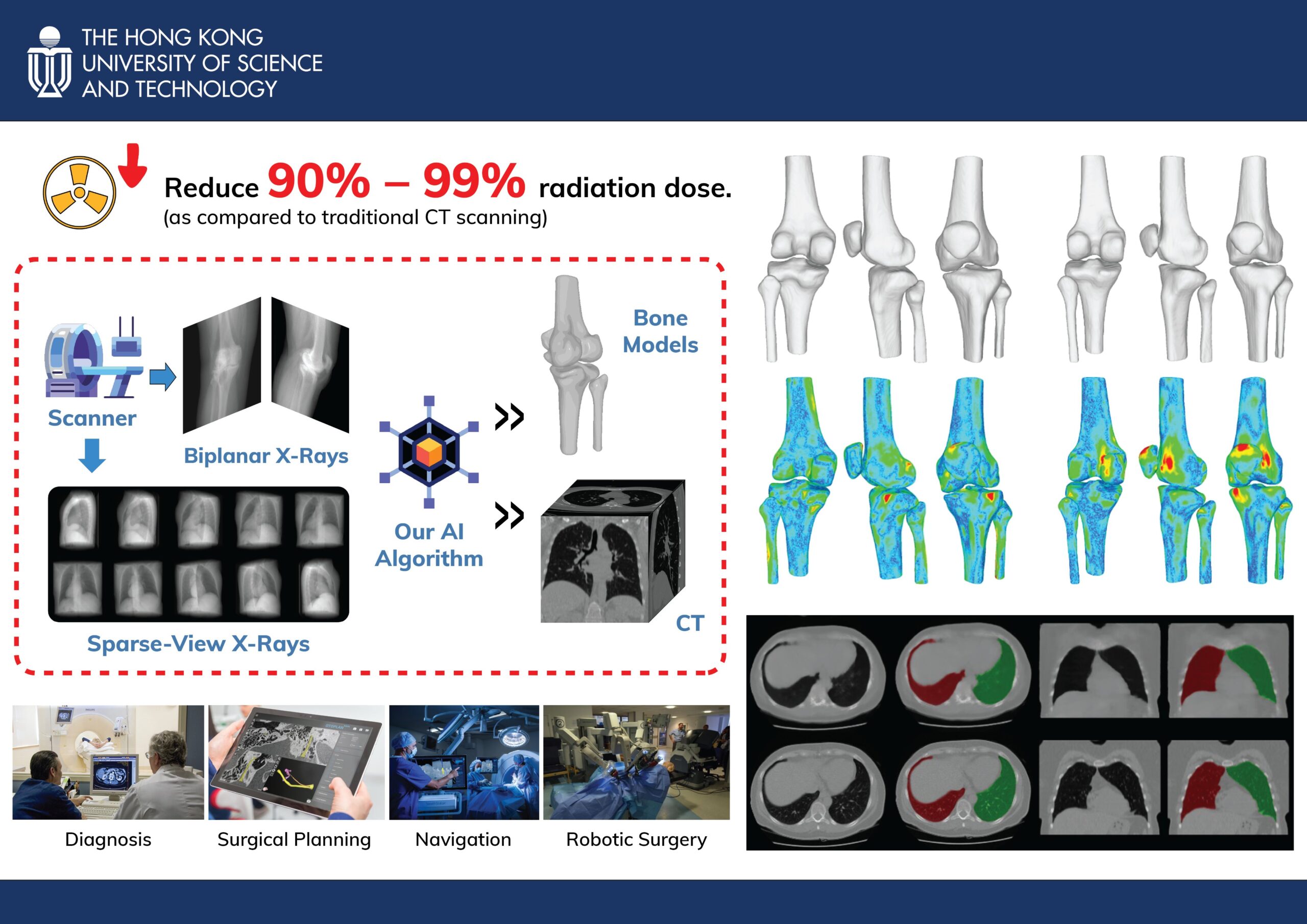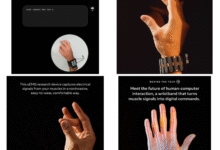Hong Kong Scientists Develop AI Tool That Produces 3D Medical Images in Seconds with 99% Less Radiation
In a major medical breakthrough, scientists from the Hong Kong University of Science and Technology have developed a cutting-edge AI model that generates 3D images of patients’ bones and organs in less than one minute. The innovation is being hailed as a faster and safer alternative to traditional CT scans.
According to reports, the new system uses a combination of biplanar X-rays and sparse-view X-rays, which are processed through the university’s AI algorithm. This process results in highly detailed 3D models while significantly reducing the amount of radiation exposure typically associated with CT scanning.
Experts say the technology can reduce radiation doses by up to 99%, making it a safer option, especially for vulnerable patients who require frequent imaging.
The AI model can be applied in various areas of medical care, including diagnosis, surgical planning, navigation, and robotic surgery.
Medical professionals and researchers have welcomed the development, noting that it could revolutionize imaging processes in hospitals, speed up diagnosis, and improve patient safety worldwide.
The breakthrough represents a strong step forward in merging AI technology with healthcare, and researchers believe this could be a model for future global standards in medical imaging.


